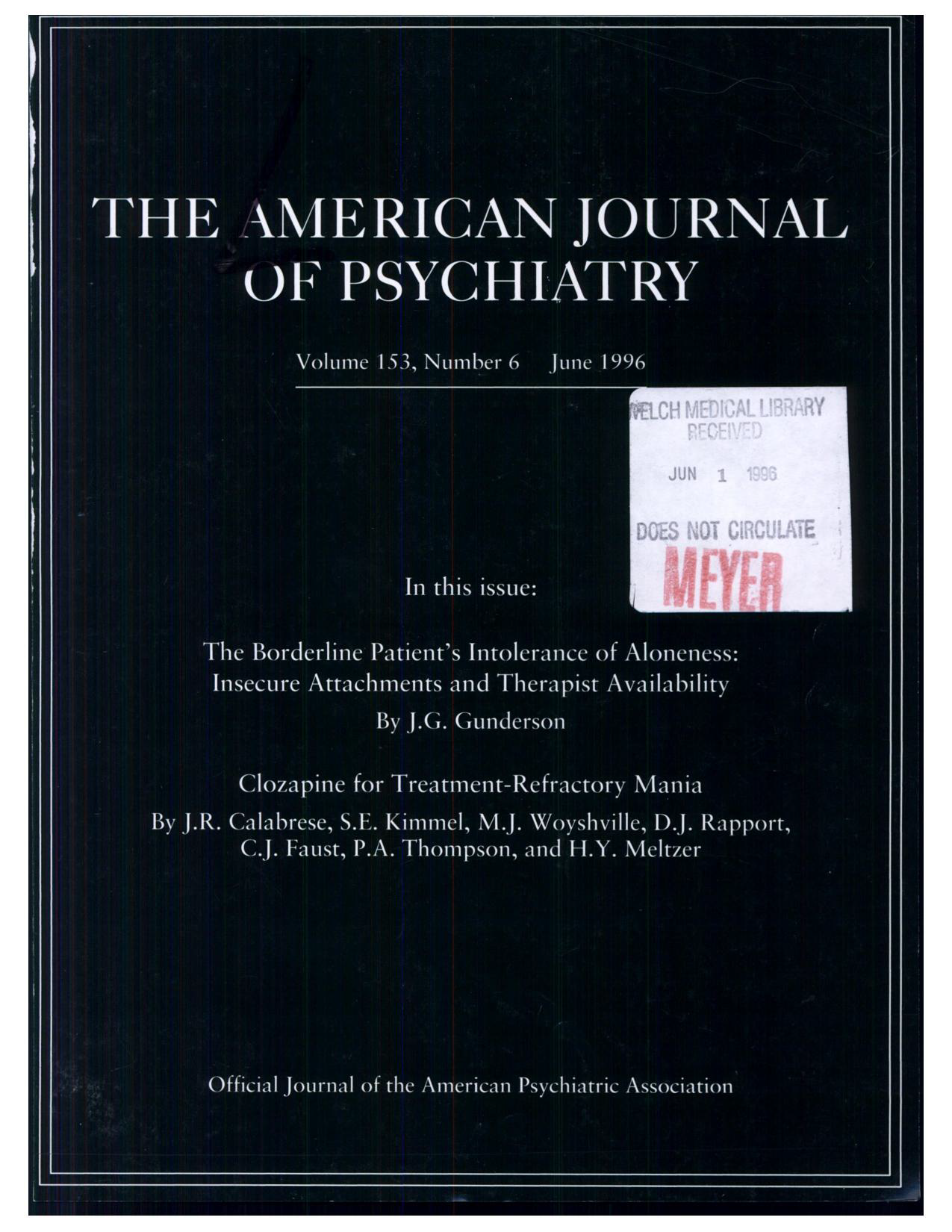Sex differences in neuroanatomical and clinical correlations in schizophrenia
Abstract
OBJECTIVE: The purpose of this study was to investigate sex differences in relationships between brain and behavior in schizophrenia. METHOD: Frontal lobe, temporal lobe, and whole brain volumes were obtained from magnetic resonance images of 91 patients with schizophrenia (54 men and 37 women) and 114 healthy comparison subjects (62 men and 52 women). Four independent symptom scales, based on the following symptom clusters, were derived from clinical data: negative, disorganization, Schneiderian hallucinations-delusions, and suspicion-hostility. Regression analyses incorporating the four clinical scales and neuroanatomical volumes were performed to investigate possible interactions between brain region and sex. RESULTS: Significant interactive effects of sex and frontal lobe volume were found in regression analyses of the disorganization and suspicion-hostility symptom scales. In men, higher frontal lobe volume was associated with milder severity of disorganization but was not correlated with severity of suspicion-hostility. In women, higher frontal lobe volume was associated with more severe disorganization as well as more severe suspicion-hostility. No associations were found between brain volume and severity of negative or Schneiderian symptoms. CONCLUSIONS: Differences between male and female patients were observed in the relationships between frontal lobe volume and two of the four clinical dimensions examined. These findings suggest that aspects of the neuropathological basis for some symptoms of schizophrenia may be sexually dimorphic.
Access content
To read the fulltext, please use one of the options below to sign in or purchase access.- Personal login
- Institutional Login
- Sign in via OpenAthens
- Register for access
-
Please login/register if you wish to pair your device and check access availability.
Not a subscriber?
PsychiatryOnline subscription options offer access to the DSM-5 library, books, journals, CME, and patient resources. This all-in-one virtual library provides psychiatrists and mental health professionals with key resources for diagnosis, treatment, research, and professional development.
Need more help? PsychiatryOnline Customer Service may be reached by emailing [email protected] or by calling 800-368-5777 (in the U.S.) or 703-907-7322 (outside the U.S.).



